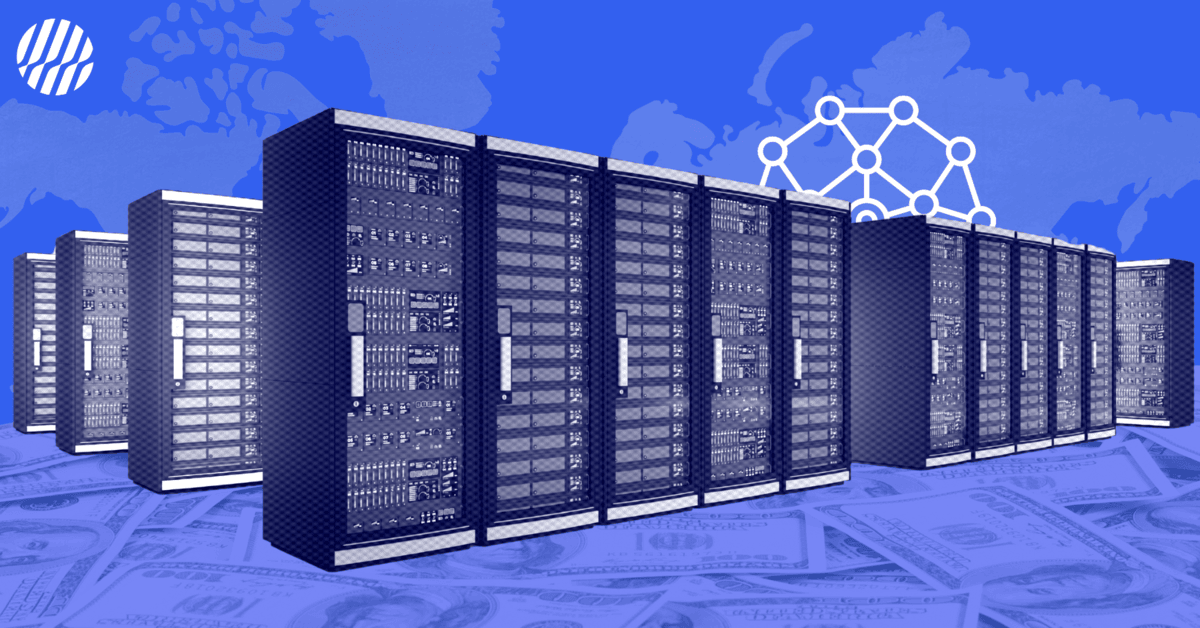As artificial intelligence reshapes global economic competition, compute power has emerged as the new strategic resource—and the race to build national AI infrastructure is revealing surprising geopolitical dynamics.
The transformation of compute power from a technical specification to a geopolitical asset represents one of the most significant shifts in international competition since the discovery of oil. Today, as nations grapple with the implications of artificial intelligence for economic growth, national security, and technological sovereignty, the ability to deploy massive computational resources has become a defining characteristic of 21st-century power.
Beyond Silicon Valley: The New Geography of AI Power
Recent analysis reveals a striking redistribution of global AI compute capacity that challenges conventional assumptions about technological leadership. While the United States maintains its expected dominance with 39.7 million H100 equivalents—representing approximately 50% of global AI computing power—the emergence of unexpected players is reshaping the competitive landscape.
The United Arab Emirates has positioned itself as the world's second-largest holder of AI compute power, with 23.1 million H100 equivalents despite having a population of just 10 million. This achievement reflects a calculated strategy of transforming financial capital into technological capability through initiatives like the Stargate project in Abu Dhabi, developed in partnership with OpenAI and Oracle.
Perhaps more telling is China's position in these rankings. Despite operating 230 AI clusters—more than any other nation—China ranks only seventh in actual compute power with 400,000 H100 equivalents. This discrepancy illustrates the tangible impact of US semiconductor export restrictions and highlights the critical importance of advanced chip access in the AI competition.
The Infrastructure Challenge: Nine Pillars of AI Ecosystem Development
Building meaningful AI compute capacity requires orchestrating complex technical, economic, and policy elements. Our analysis identifies nine critical factors that determine success:
Power and Energy Infrastructure
Energy infrastructure stands as perhaps the most fundamental requirement. AI data centers consume three times more power per square foot than traditional facilities, with GPU clusters demanding up to 80kW per rack. By 2035, AI data centers in the US alone could consume 123 gigawatts of power—equivalent to the entire electrical capacity of many developed nations.
Hardware Access and Supply Chain Control
Hardware access creates strategic chokepoints that few nations can control. NVIDIA's dominance in GPU manufacturing and Taiwan Semiconductor Manufacturing Company's role in chip fabrication mean that the entire global AI supply chain depends on a handful of companies and facilities.
Government Policy and Strategic Investment
Government policy provides the scale and long-term commitment essential for infrastructure development. India's IndiaAI Mission, with its ₹10,372 crore commitment including ₹4,500 crore specifically for AI infrastructure, exemplifies the kind of strategic national investment required to compete effectively.
The Talent-Infrastructure Nexus
Human capital represents both an enabler and a constraint in compute infrastructure development. Countries like South Korea, with 50% workforce AI engagement, and Finland, with 16% AI workforce involvement, demonstrate how human capital amplifies infrastructure investments. The challenge extends beyond technical skills to encompass the complex interdisciplinary knowledge required to design, deploy, and maintain AI systems at national scale.
Data infrastructure and management capabilities often determine whether compute resources translate into meaningful AI capabilities. Robust data pipelines, storage systems, and processing frameworks—including data lakes, warehouses, and real-time streaming systems—form the circulatory system that feeds AI models the vast information volumes they require.
Strategic Implications for Regional Development
The concentration of AI compute power reveals both opportunities and vulnerabilities in current global arrangements. The Gulf states' success demonstrates how strategic geographic positioning, combined with substantial financial resources and pragmatic policy approaches, can rapidly establish competitive advantage in AI infrastructure.
The Gulf Model
The UAE and Saudi Arabia's approach offers insights into how resource-rich nations can leverage their advantages. Saudi Arabia ranks third globally with 7.2 million H100 equivalents, demonstrating how oil wealth is being transformed into AI capability as part of Vision 2030.
The India Model
India's approach offers a different model, leveraging its large technical workforce and growing digital economy to build comprehensive AI compute capabilities. With 1.2 million H100 equivalents and plans to deploy over 18,693 GPUs, India is creating one of the world's most extensive AI compute infrastructures while maintaining focus on domestic capability development.
The Sustainability Question
The environmental implications of AI compute growth present both challenges and opportunities for regional development strategies. The massive energy requirements—projected to reach half a trillion dollars annually in hyperscaler spending by the early 2030s—demand integration with renewable energy sources and advanced cooling technologies.
Countries with abundant renewable energy resources and favorable climates for data center operations possess natural advantages in sustainable AI infrastructure development. This geographic factor is becoming increasingly important as organizations prioritize environmental sustainability alongside computational capability.
Policy Recommendations for Emerging AI Regions
Nations seeking to build competitive AI compute ecosystems should consider several strategic approaches:
Public-Private Partnership Models
Develop partnership frameworks that leverage government scale and commitment while accessing private sector expertise and agility. Compute-as-a-Service offerings and shared infrastructure investments can reduce individual risk while maximizing utilization.
Comprehensive Workforce Development
Invest in workforce development that spans technical infrastructure management, AI system development, and the interdisciplinary skills required for effective AI deployment across economic sectors.
Supportive Regulatory Frameworks
Establish frameworks that balance innovation encouragement with security and compliance requirements, including clear policies on data sovereignty and technical standards for AI development.
Semiconductor Supply Chain Security
Secure reliable access to advanced semiconductors through diversified supply relationships, strategic partnerships, or domestic manufacturing capabilities where feasible.
The Path Forward
The global competition for AI supremacy is fundamentally a competition for compute infrastructure. Nations that successfully build and deploy computational resources will shape the trajectory of global innovation, while those that fail to invest adequately risk technological dependence and reduced economic competitiveness.
The examples of the UAE, Saudi Arabia, and India demonstrate that with strategic vision, substantial investment, and effective policy coordination, countries can rapidly establish themselves as significant players in the global AI ecosystem. Success requires simultaneous attention to energy infrastructure, hardware access, human capital development, and regulatory frameworks.
As AI becomes increasingly central to economic growth and national security, the countries that master the complex orchestration of compute power infrastructure will position themselves as the innovation hubs of the AI-driven global economy. The race is not just about building bigger data centers—it's about creating the technological foundation for future prosperity and influence.



.png)

.svg)